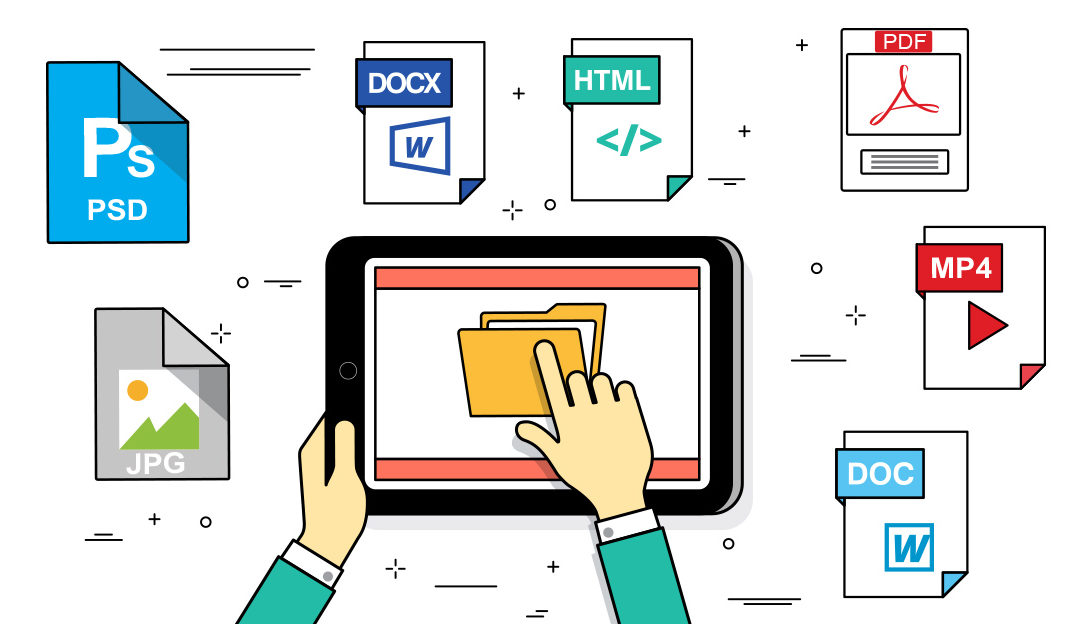What Is Digital Asset Management?
Believe it or not, you’re most likely familiar with the basic concepts of digital asset management (DAM). Digital Asset Management is all about saving, naming and sharing images, video files, audio files, and so on. To be successful your digital assets should be stored and cataloged in a centralized location that is easy to access. Sort of like storing files on your computer, but a bit more complicated. DropBox and Google Drive users will, for the most part, understand.
Why Use DAM Software?
DAM systems are implemented so users can easily and quickly navigate to the file they are looking for. The DAM library should be simple, fast and logical. Here are several factors to a DAM’s effectiveness:
- Metadata – a set of data that describes the asset. Metadata structure must effectively organize your assets.
- Permissions – Permissions allow certain users access to certain assets. Access will range from open to highly secure depending on the user level and asset use. This becomes more important when sharing outside your organization.
- Interface – Keep it simple and fast! If the interface is cumbersome or slow, you can’t make use of the DAM tool. The user should be able to quickly identify what they need.
Top Five DAM Tools (IMHO)
Regardless of what tool you choose, the importance of saving, naming and sharing images, video files, audio files and so on it towards the top of the list. If you can’t manage your files, you’re spending valuable time and resources searching for files instead of customers.

